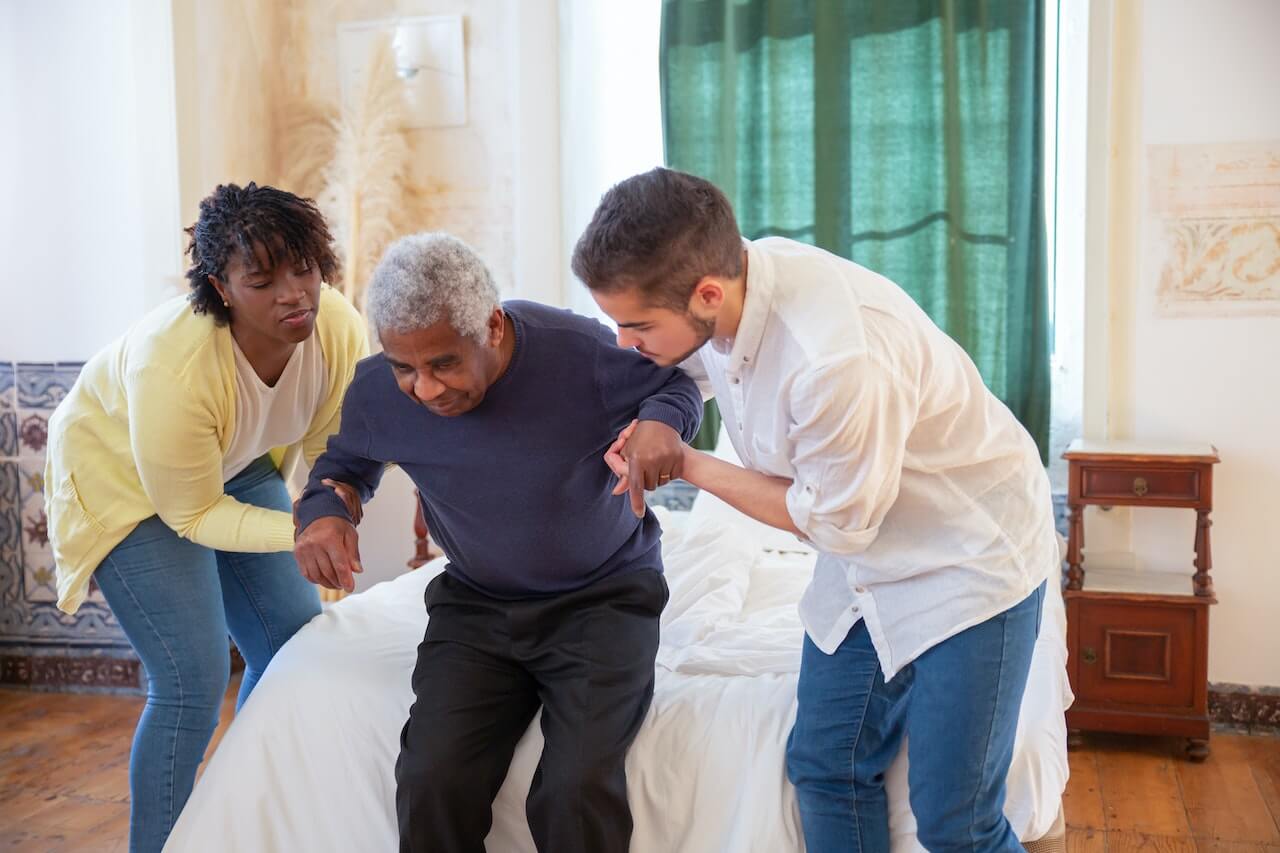ANN ARBOR, Mich. — Growing old is hardly ever fun, but researchers at the University of Michigan assessed how older Americans are feeling about “aging in place” these days. Along the way, study authors discovered a number of troubling racial and ethnic disparities among people between 50 and 80 years-old. For example, they found about 40 percent of older African American adults live with a disability, while the same can be said for only one-third of older Americans overall.
“Aging in place” is defined by the CDC as “the ability to live in one’s own home and community safely, independently, and comfortably, regardless of age, income, or ability level.”
The research team initially set out to analyze the extent by which 50 to 80-years-olds are prepared to age in place, as well as any racial and ethnic disparities. Disabilities were just one of numerous disparities found in the resulting research, which was made possible using data provided by the National Poll on Healthy Aging.
Sheria Robinson-Lane, U-M assistant professor of nursing and principal investigator, adds many of the observed disparities were connected to weathering certain stressors associated with environmental, economic, or social factors known to accelerate with age. Researchers noted income, disability status, and household composition as factors often shown to negatively impact aging among minorities.
Prof. Robinson-Lane adds that she was somewhat surprised by the high level of disability, particularly among older African American adults. On the other hand, only 36 percent of the study’s multiracial cohort was disabled.
“I knew there was disability among older adults, but I guess I didn’t really consider the extent of it,” Prof. Robinson-Lane says in a statement. “So many communities are very inaccessible—I think that’s what was so shocking to me. I think the main takeaway message is we need to create more accessible spaces. The population dynamics are shifting; there’s not enough younger people to support the older adults that we have.”
“We’re waiting too long to start to make some of these critical changes to (guarantee) basic levels of accessibility within our communities and public spaces.”

This project also indicates rural Indigenous populations are the most prepared to age in place. That finding disputes the widely held belief that city accessibility is preferable for older adults compared to rural regions. Still, indigenous individuals reported being the most confident that they could get the help they needed with daily living activities. Indigenous participants were also the most confident that their homes had all the necessary features to age in place — with researchers adding most of those claims were seemingly substantiated by the presence of specific accessible home features.
Studies focusing on rural health outcomes usually tend to focus on White populations and exclude Indigenous people despite these populations also living in rural areas. The self-sufficiency reported by Indigenous participants is likely a combination of culture and community, researchers theorize.
“(There is) a long history of really having to sort of figure it out on their own, and to have to rely on community to get their needs met,” Prof. Robinson-Lane notes. “They’re able to continue to do so as they age.”
It’s important to note that Indigenous peoples also tend to have some of the lowest life expectancies – so while they may be more prepared to age in place, they aren’t living as long as white people, Prof. Robinson-Lane says.
Asian, African-American, Hispanic, and multiracial respondents, meanwhile, are more likely to belong to the “sandwich generation” and have one or more children living at home. This would be an example of a weathering stressor, according to Prof. Robinson-Lane.
Key Findings:
- One-quarter of all participants reported annual household incomes of $30,000 or less, compared to half of African-American respondents.
- More than 25% reported living alone, with the highest proportion among African-American (44%), Indigenous (40%), and multiracial (36%) populations.
- In all, 23% had a housemate with a disability, in comparison to 36% of African-American respondents and 34% of multiracial respondents.
- 21% rated their health as either fair or poor, compared to 37% of African-American respondents.
The study is published in the journal Geriatric Nursing.

It has nothing to do with race and everything to do with lifestyle and eating habits while growing up. Not everything has a racial component.